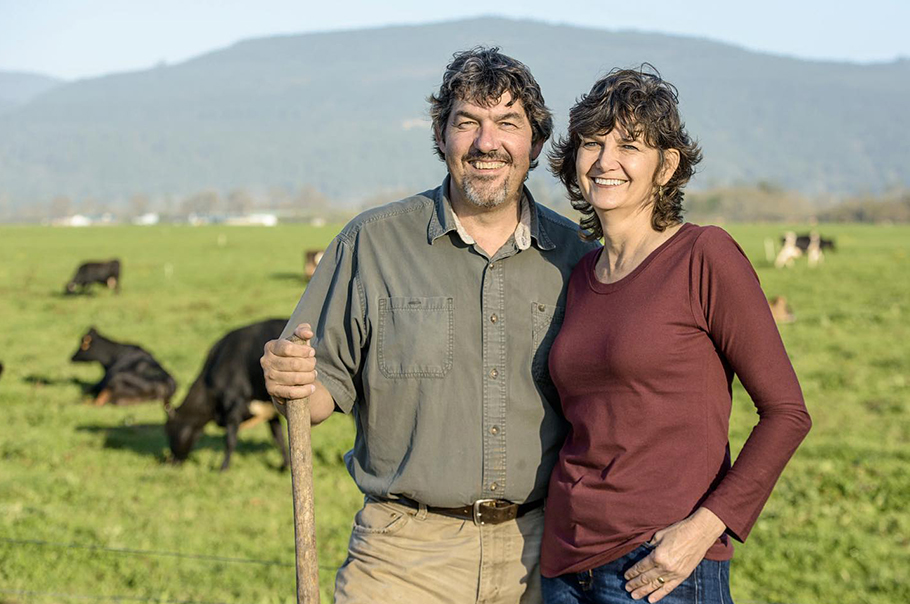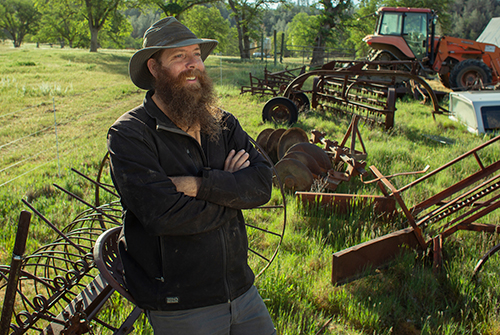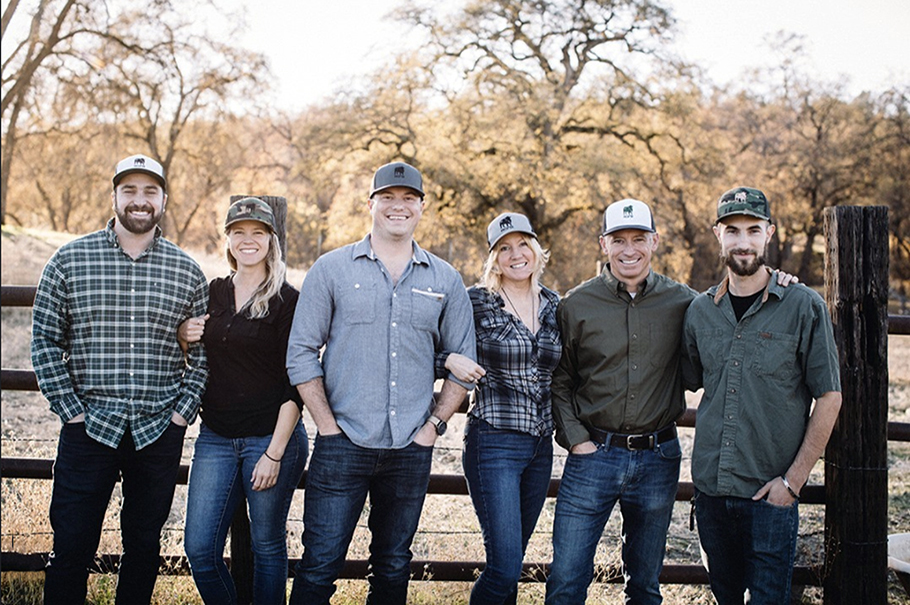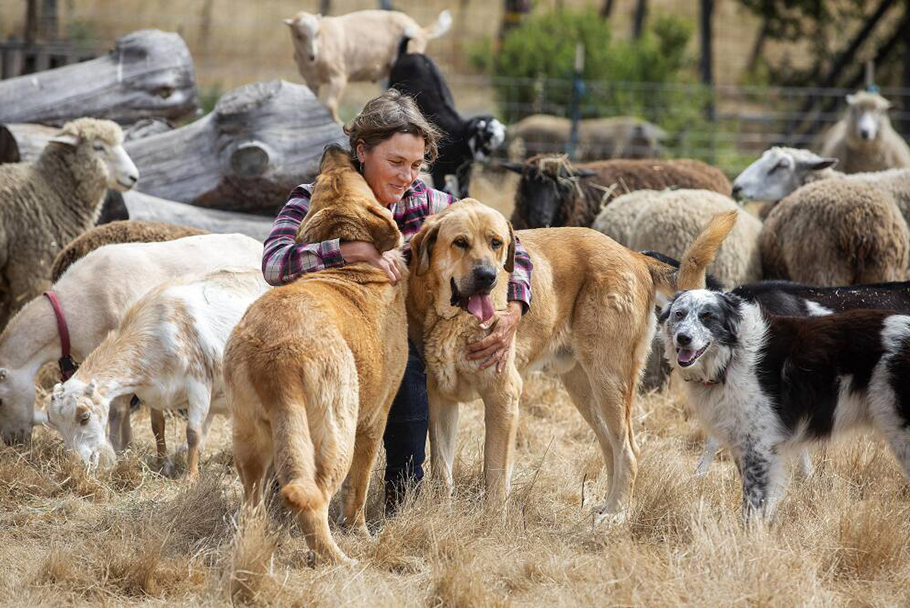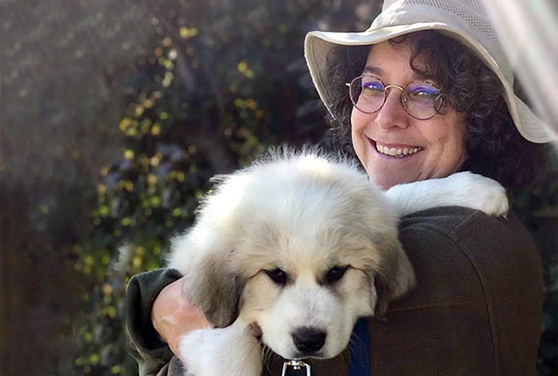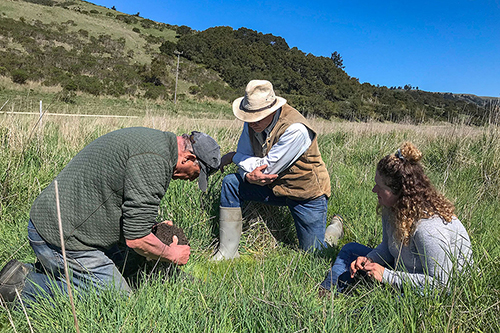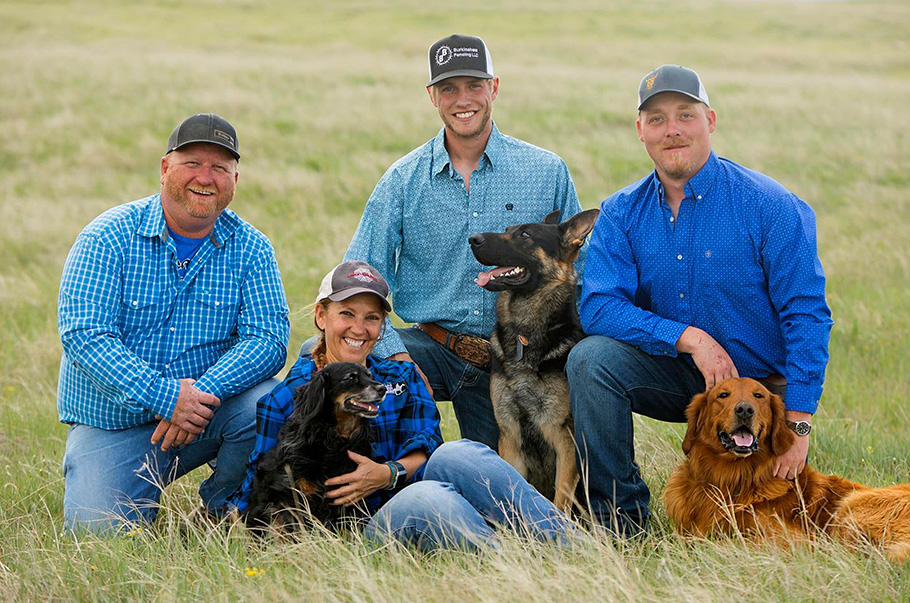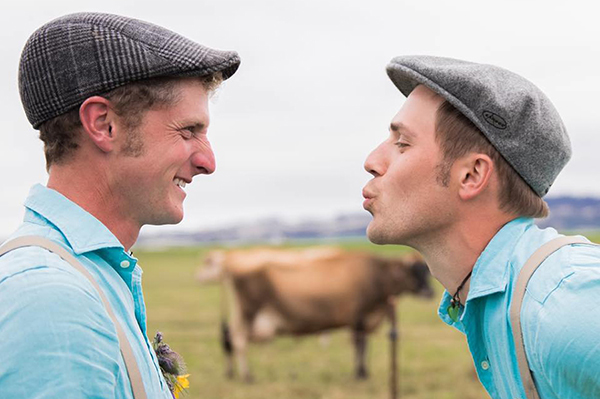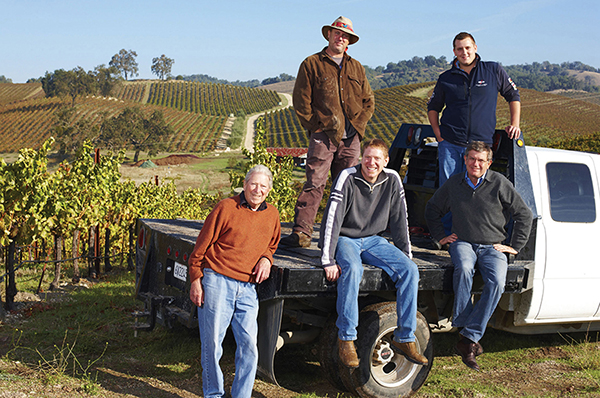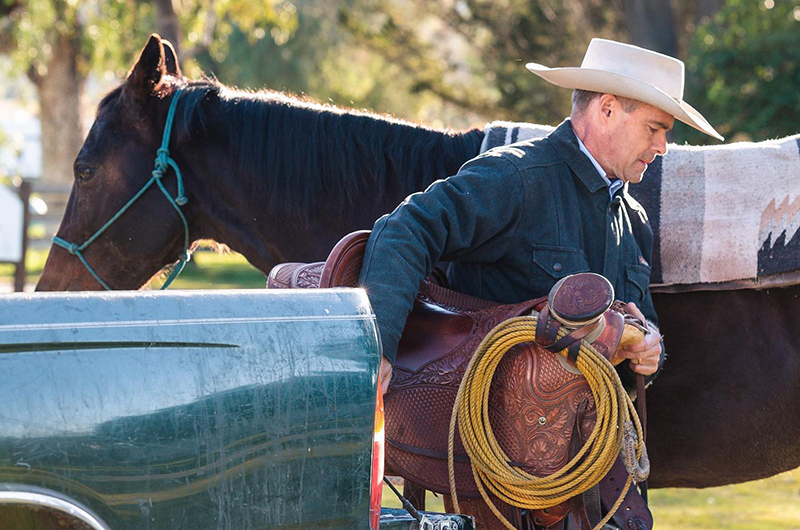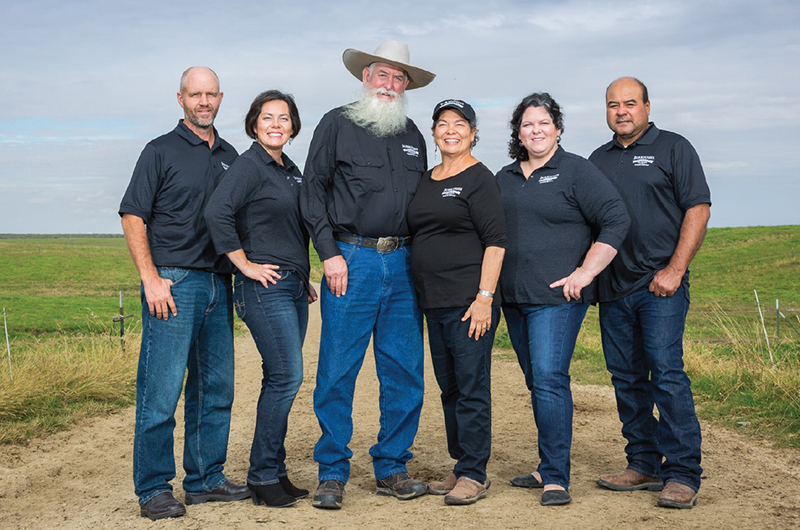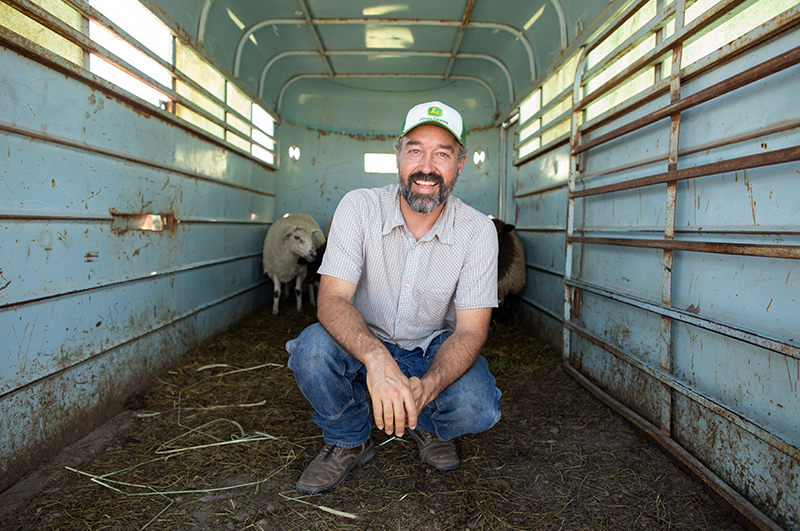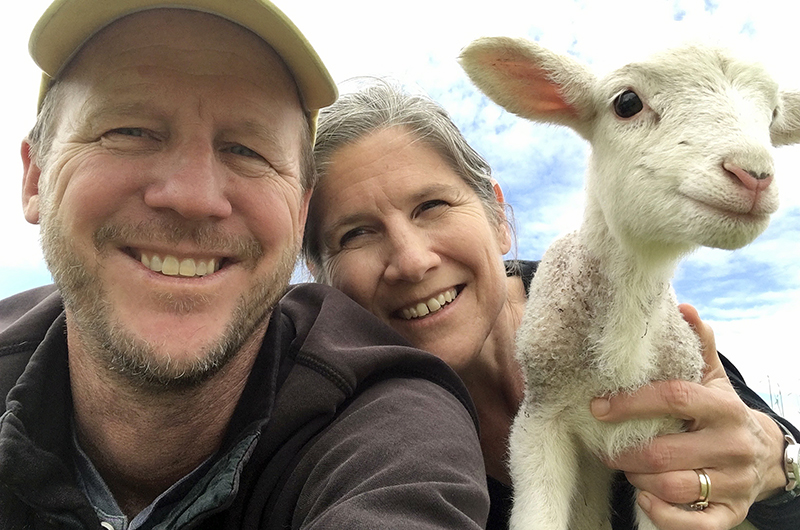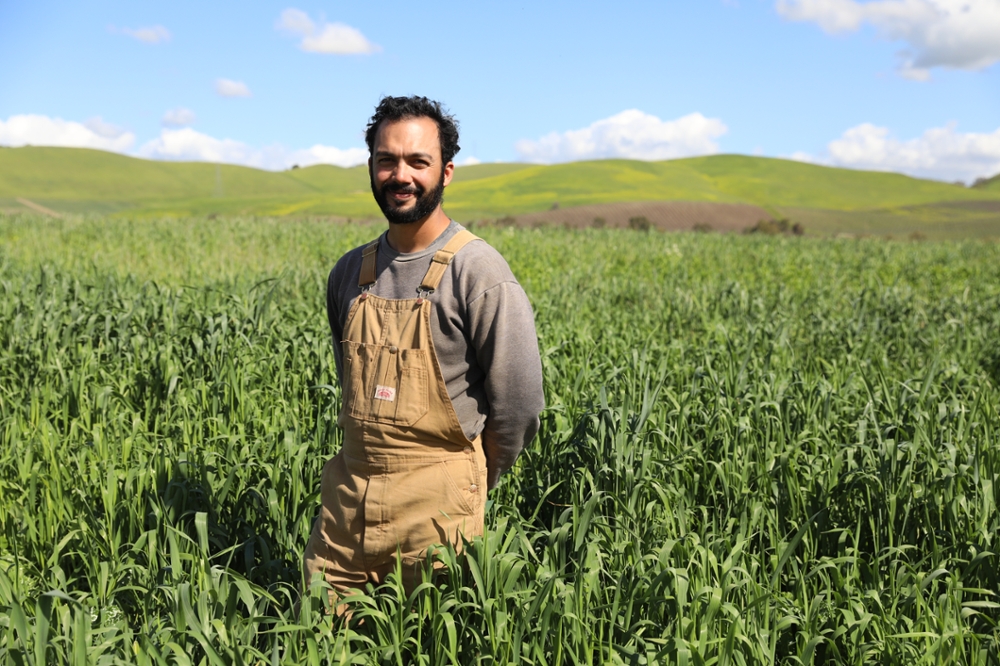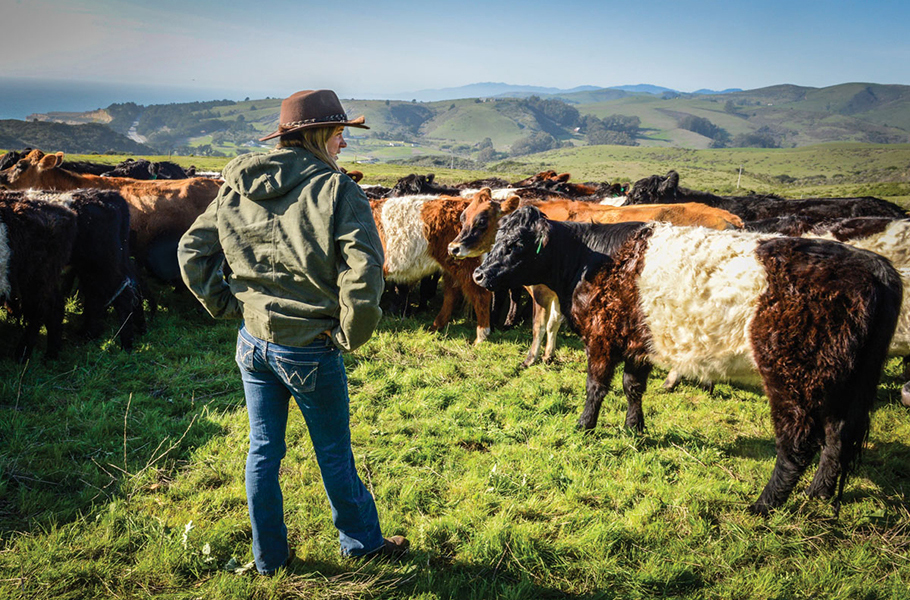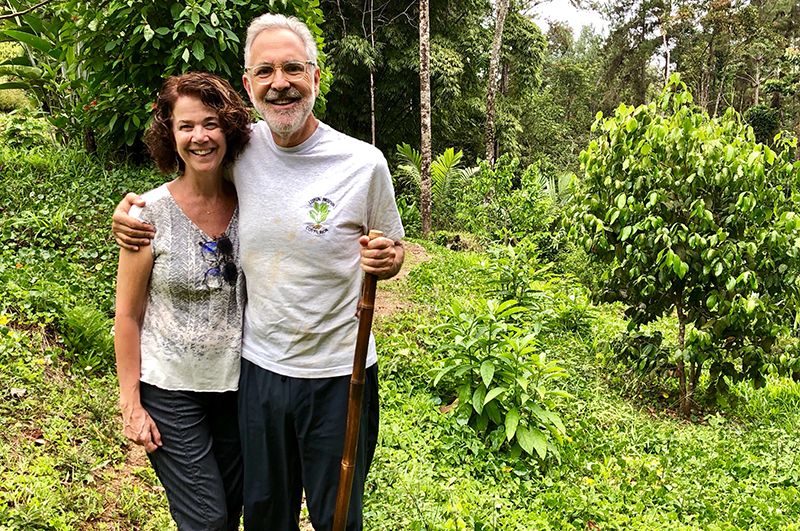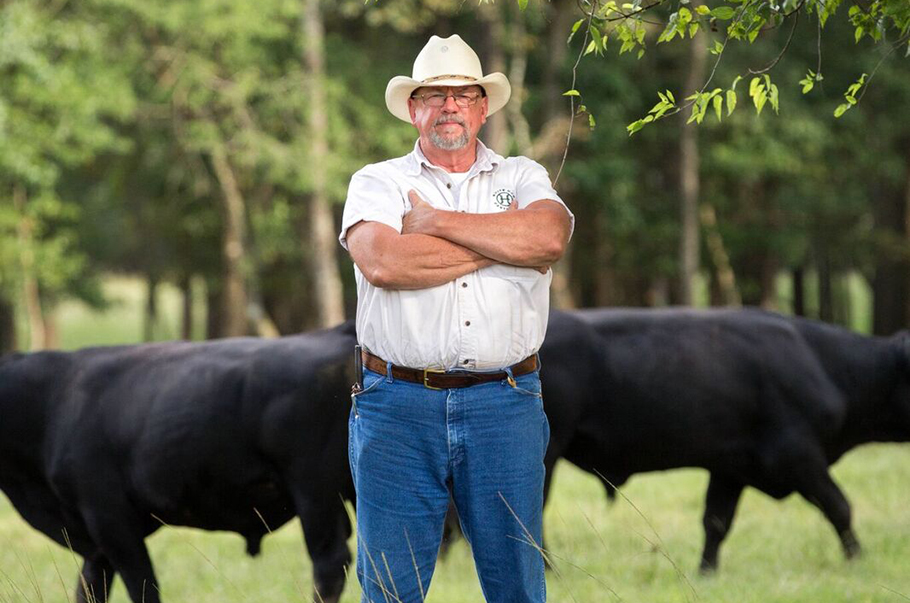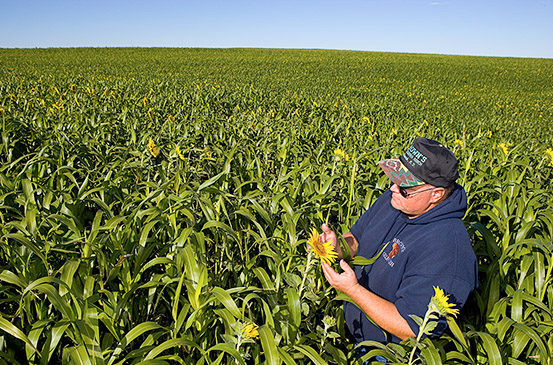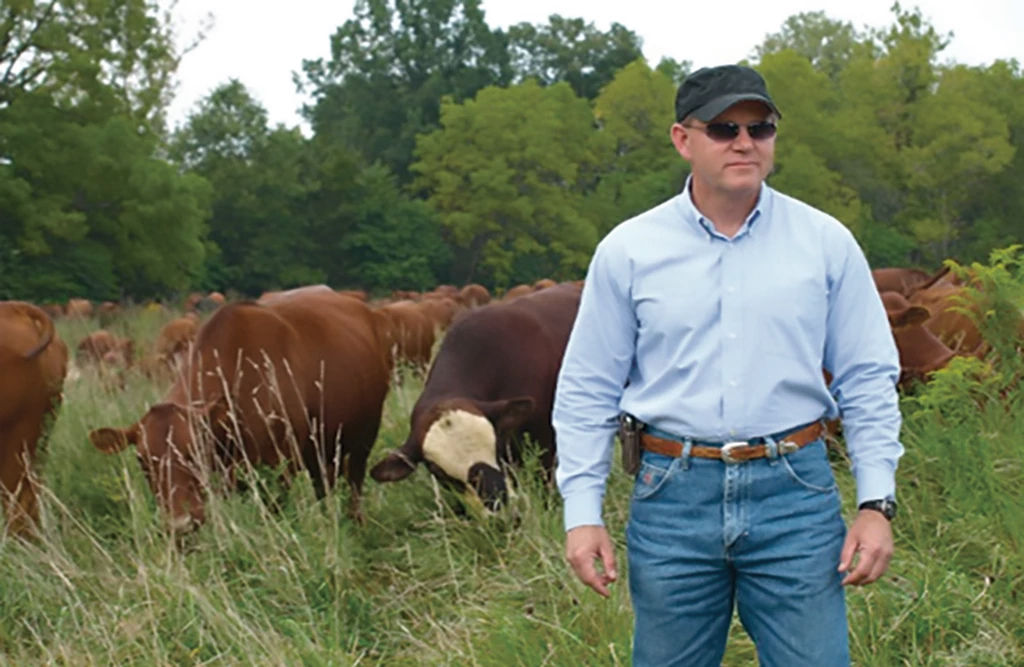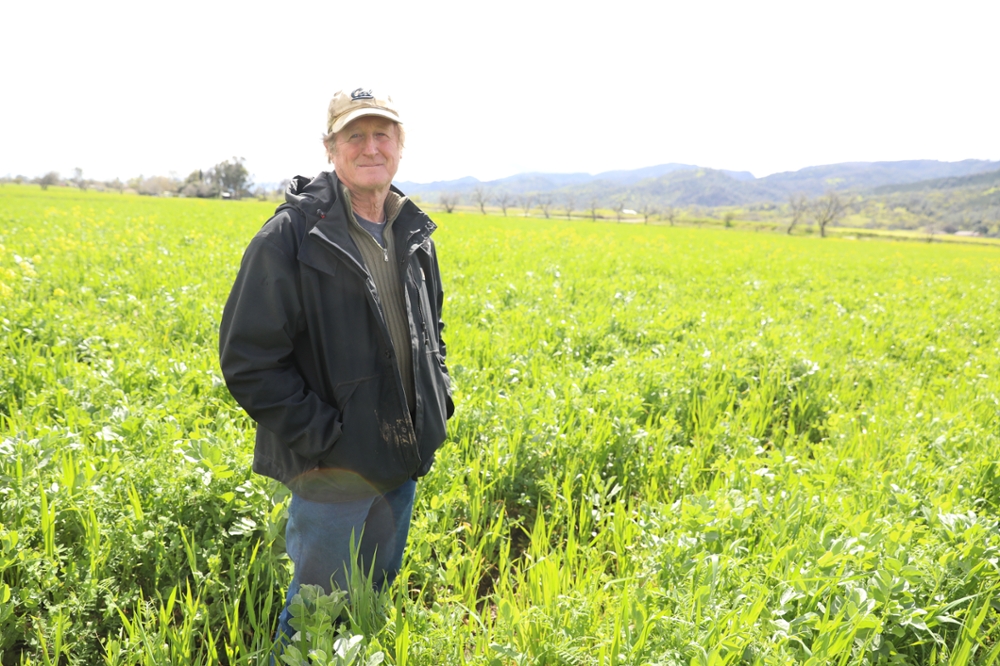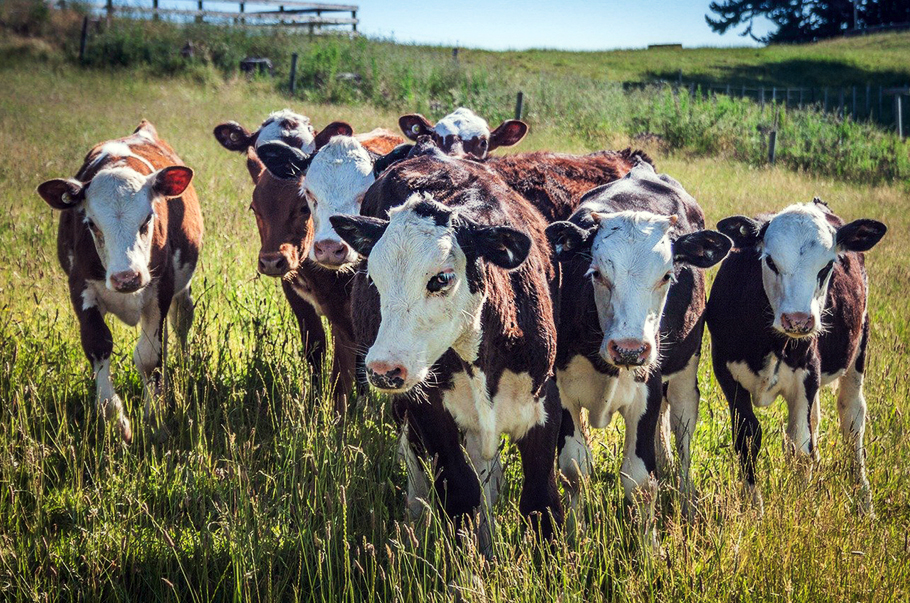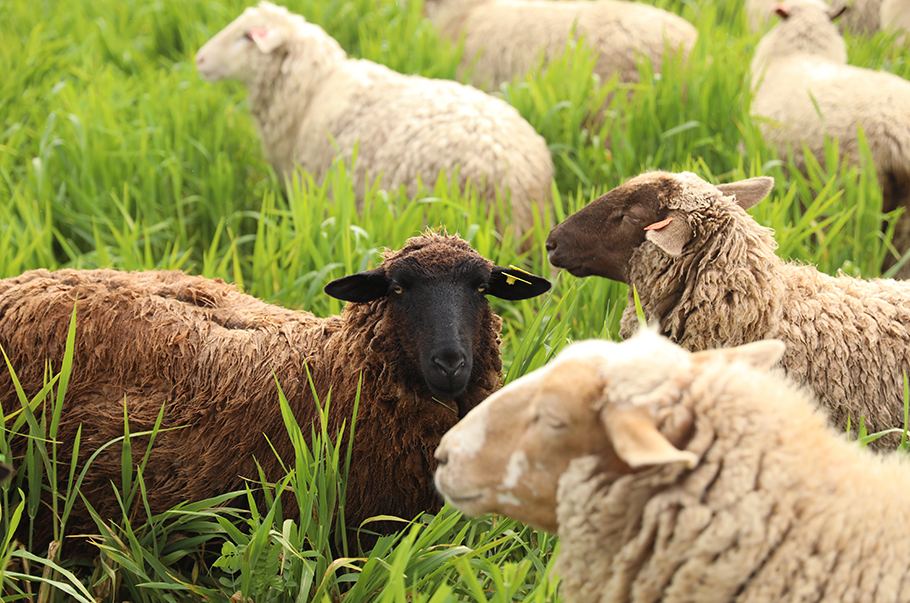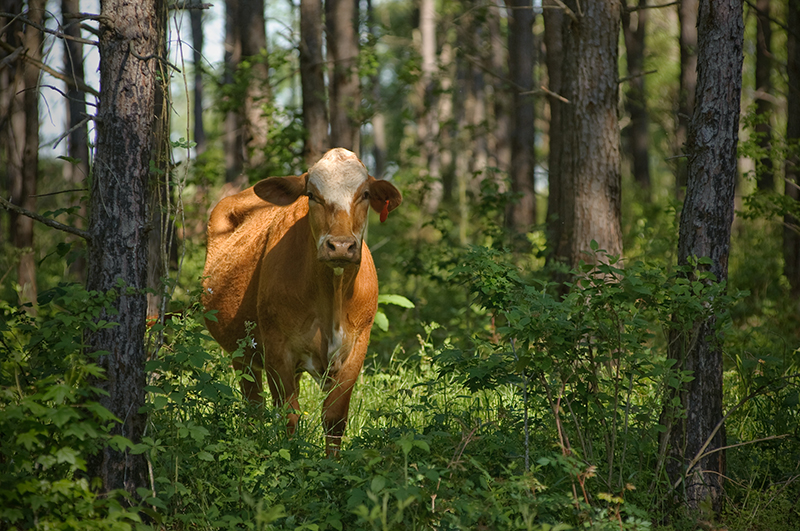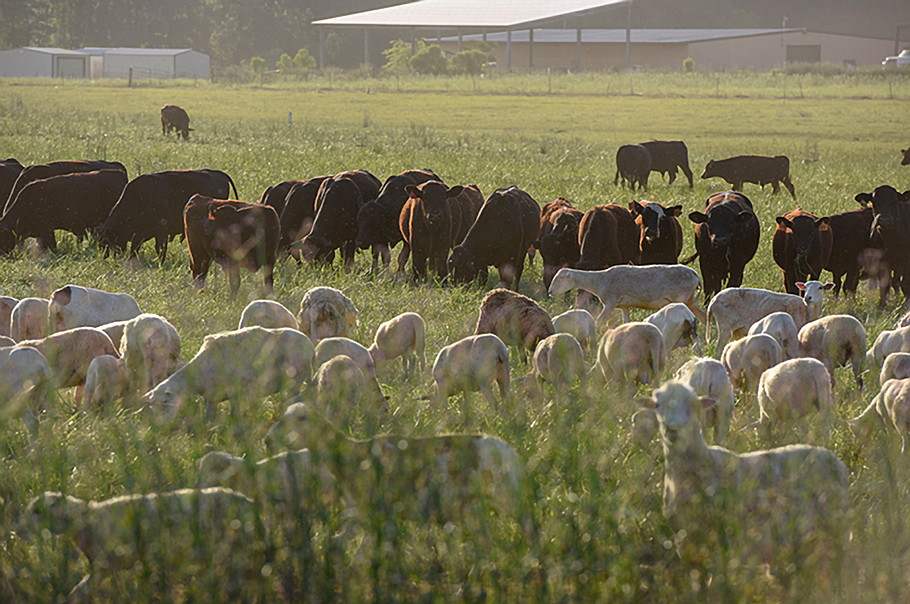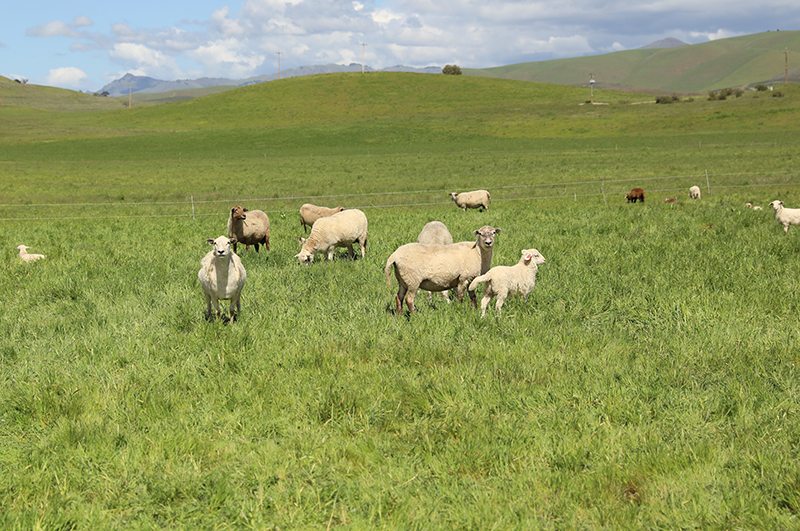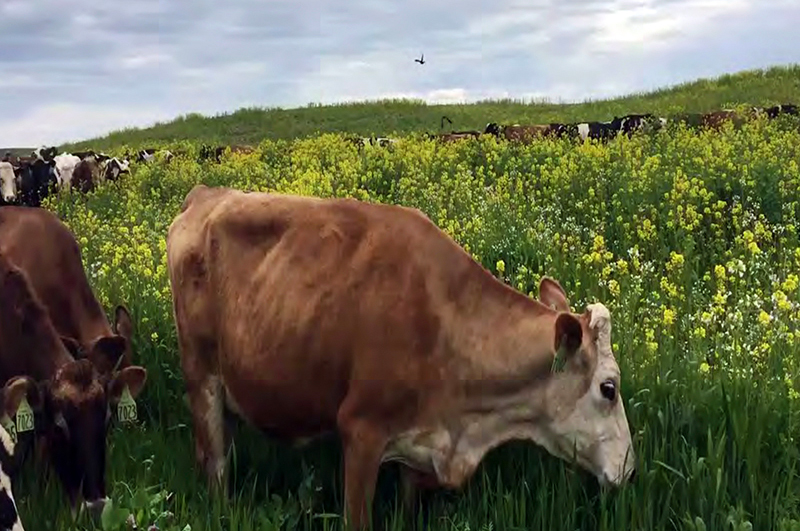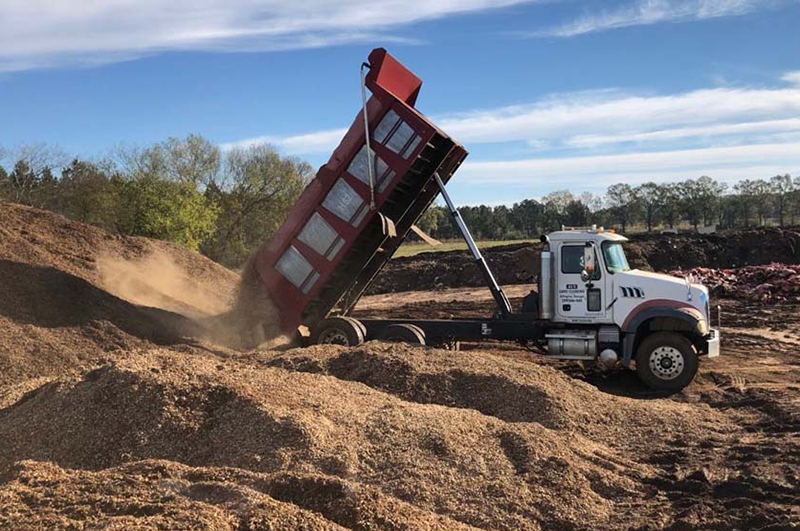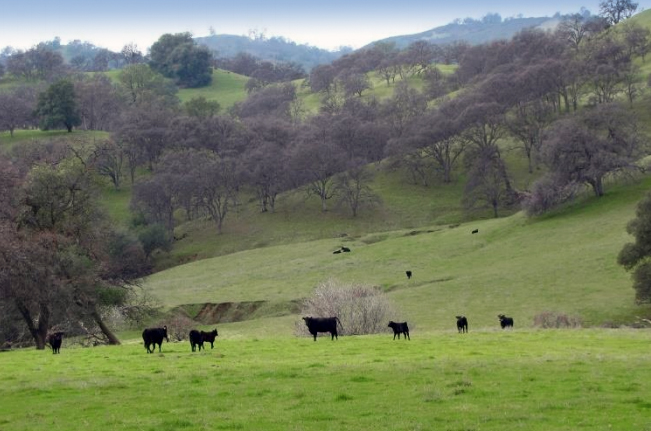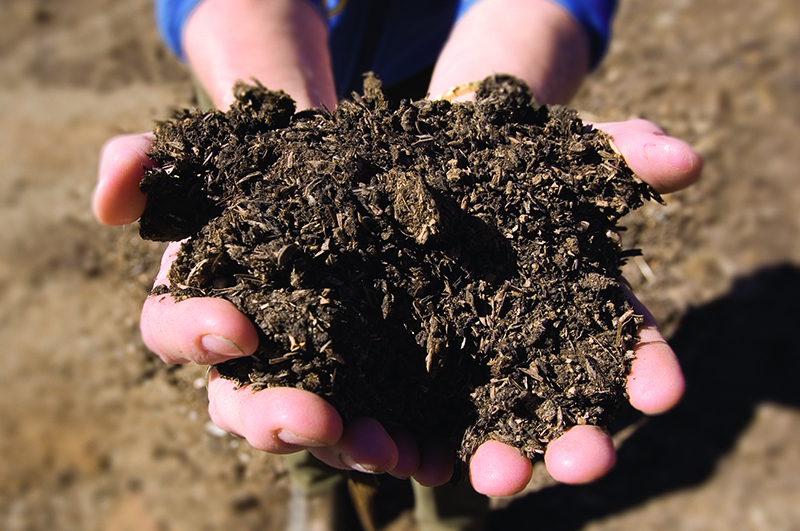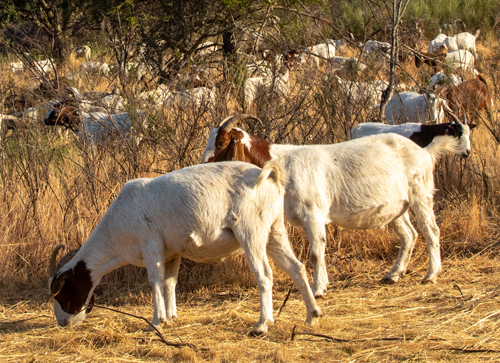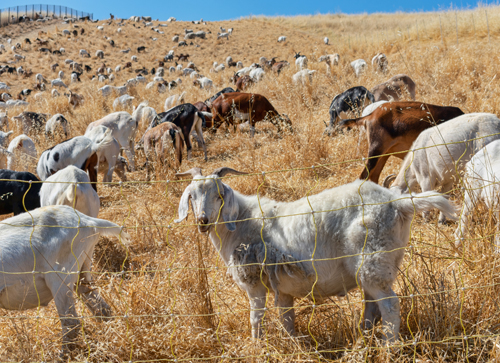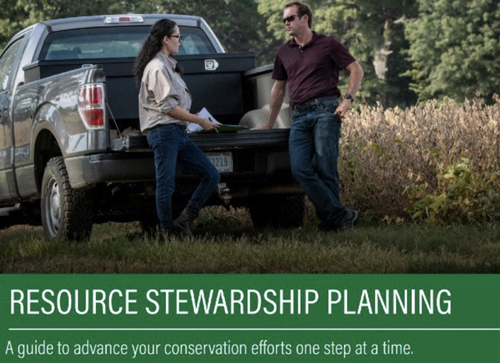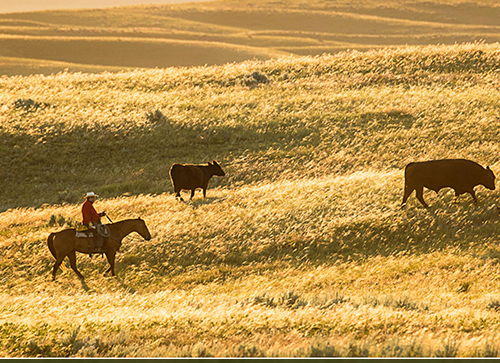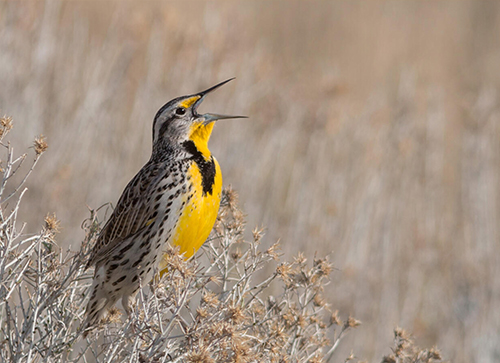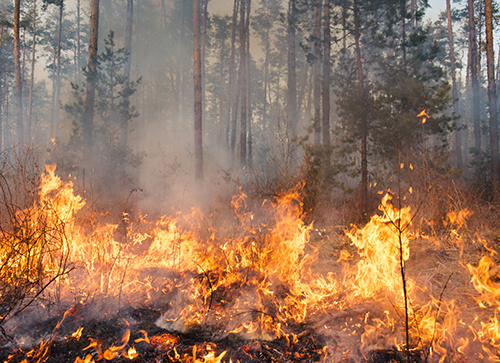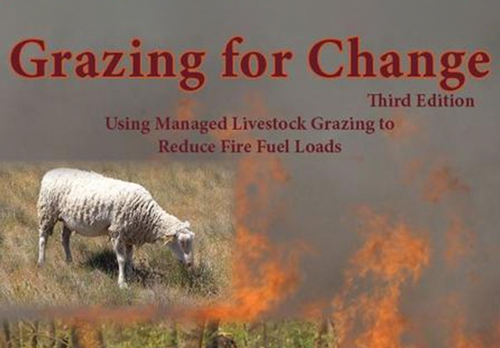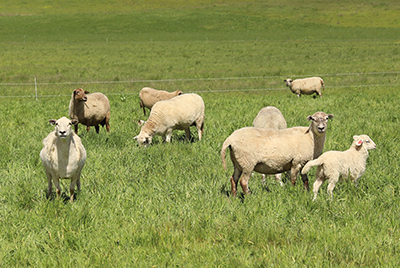
Regenerative Grazing Systems
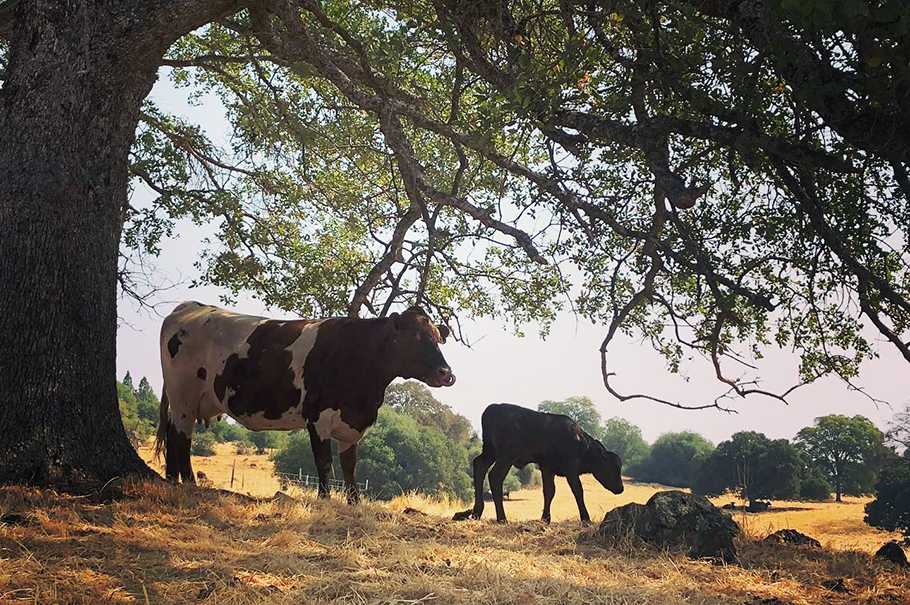
Regenerative grazing systems aim to raise livestock in a way that restores and maintains ecosystems by mimicking natural processes and regenerating soil health. The benefits of this form of land management include reducing or reversing agricultural climate and ecological impacts (more carbon sequestration, increased biodiversity, less pollution, etc.), raising healthier animals, producing healthier meat and dairy products, improved profitability, and increased rancher/farmer satisfaction and well-being.
The heart of these systems is managed grazing—rotational grazing, multi-paddock grazing, or holistic management—all approaches that move the animals across the land in a prescribed way to encourage the growth of healthy forage, and avoid overgrazing, soil erosion or depletion. However, depending on the condition of the land and goals of the grazier, multiple other practices might be employed, all of which are usually intended to restore land that was previously damaged or to reduce fire danger.
The techniques work synergistically to create a more resilient and sustainable agricultural or land management system while providing healthy feed for the livestock. It can be used on pastures, open rangeland, and in mixed crop and livestock integrations. There is also ample opportunity to provide grazing services to producers who wish to add animal impact and cover crop grazing without raising their own livestock and to communities, nonprofits, and public agencies who need the help to restore wild or protected land or as part of a comprehensive fire management program. Some regenerative ranchers are providing grazing services to other property owners.
Regenerative Grazing Mentor-Farmers
Almost all of these mentor-farmers raise livestock as a primary part of their operation. Fat Uncle Farms contracts with ranchers to bring sheep into their orchards to graze the cover crops. Wild Oat Hollow, Morris Grassfed, and Markegard Family Grassfed provide grazing services as well as graze their own properties. Several provide consultation services, or do talks, lectures or workshops. Click on the photos to read firsthand accounts of what they've been doing, how it has been working for them, and what they advise for others.
Managed Grazing
Managed Grazing is a term used for a variety of systems that carefully manage stocking rates, stocking density, and the timing of moving the animals into different grazing areas. The animals are often moved in a rotation through multiple fenced paddocks but they could be rounded up by ranchers on horseback or ATVs to move into different open rangeland locations. Some use set rotation schedules but it is most effective to have a more dynamic approach that includes paying attention to the changing conditions of the land due to weather, animal behavior, and other considerations. Holistic Management is a decision-making and planning process that helps the rancher work with these multiple factors including the greater context of the ecosystem and personal needs and desires.
We have numerous resources to help you get started whether you graze on rangeland or private pasture, wish to integrate livestock into row crops or silvopasture (tree crops or timber), or explore the benefits of grazing multiple species.
Rangeland Seeding and Cover Crops
Rangeland seeding and the use of cover crops are often the best way to restore degraded land to prepare it for grazing or for remedying issues that are noticed later. Cover crops are usually chosen specifically to address issues of soil health that have been visually identified or discovered through soil testing. Both practices provide forage to meet the nutritional needs of the animals grazing it. But they also provide an opportunity to add self-sustaining grasses, forbs, legumes, and native plants that are helpful to improve the condition of the soil and increase biodiversity over the long-term. As the roots of the plants grow deep they promote soil health by building soil organic matter, increasing soil nutrients and improving water infiltration. They can also be used to reduce soil erosion and increase carbon sequestration. Using mixed species is recommended to address multiple purposes at once.
Compost and Soil Amendments
To help rangeland seeding and cover crops establish themselves well and to support the growth of already growing plants, some ranchers use compost and/or other soil amendments for this purpose. Primarily, this is used to add more nutrients and organic matter to the soil and support the soil microbiology. It reduces or eliminates the need for harmful synthetic fertilizers, especially over time. Many ranchers make their own compost using plant matter and any animals parts that can't be utilized in other ways.
Grazing for Conservation and Fire Prevention
There is a growing interest in using regenerative grazing for conservation and fire management purposes. Several nonprofits and government programs help support these efforts.
Research
Díaz de Otálora, Xabier; Epelde, Lur ; Arranz, Josune; Garbisu, Carlos; Ruiz, Roberto ; Mandaluniz, Nerea; (2021). Regenerative rotational grazing management of dairy sheep increases springtime grass production and topsoil carbon storage. Ecological Indicators, https://doi.org/10.1016/j.ecolind.2021.107484(opens in new window)
Huntsinger, L. and Barry, S.; (2021) Grazing in California's Mediterranean Multi-Firescapes. Front. Sustain. Food Syst., Sec. Agroecology and Ecosystem Services,Volume 5 - 2021 https://doi.org/10.3389/fsufs.2021.715366 (opens in new window)
Johnson DC, Teague R, Apfelbaum S, Thompson R, Byck P. Adaptive multi-paddock grazing management's influence on soil food web community structure for: increasing pasture forage production, soil organic carbon, and reducing soil respiration rates in southeastern USA ranches. PeerJ. 2022 Jul 19;10:e13750. doi: 10.7717/peerj.13750. https://pubmed.ncbi.nlm.nih.gov/35873909/(opens in new window)
Orr, Devyn A. ; Bates, Jonathan D. ; Davies, Kirk W. ; (2022). Grazing Intensity Effects on Fire Ignition Risk and Spread in Sagebrush Steppe. Rangeland Ecology & Management, https://www.sciencedirect.com/science/article/pii/S1550742422000835(opens in new window)
Rouet-Leduc, J., Pe'er, G., Moreira, F., Bonn, A., Helmer, W., Shahsavan Zadeh, S. A. A., Zizka, A., & van der Plas, F. (2021). Effects of large herbivores on fire regimes and wildfire mitigation. Journal of Applied Ecology, 58, 2690– 2702. https://doi.org/10.1111/1365-2664.13972(opens in new window)
